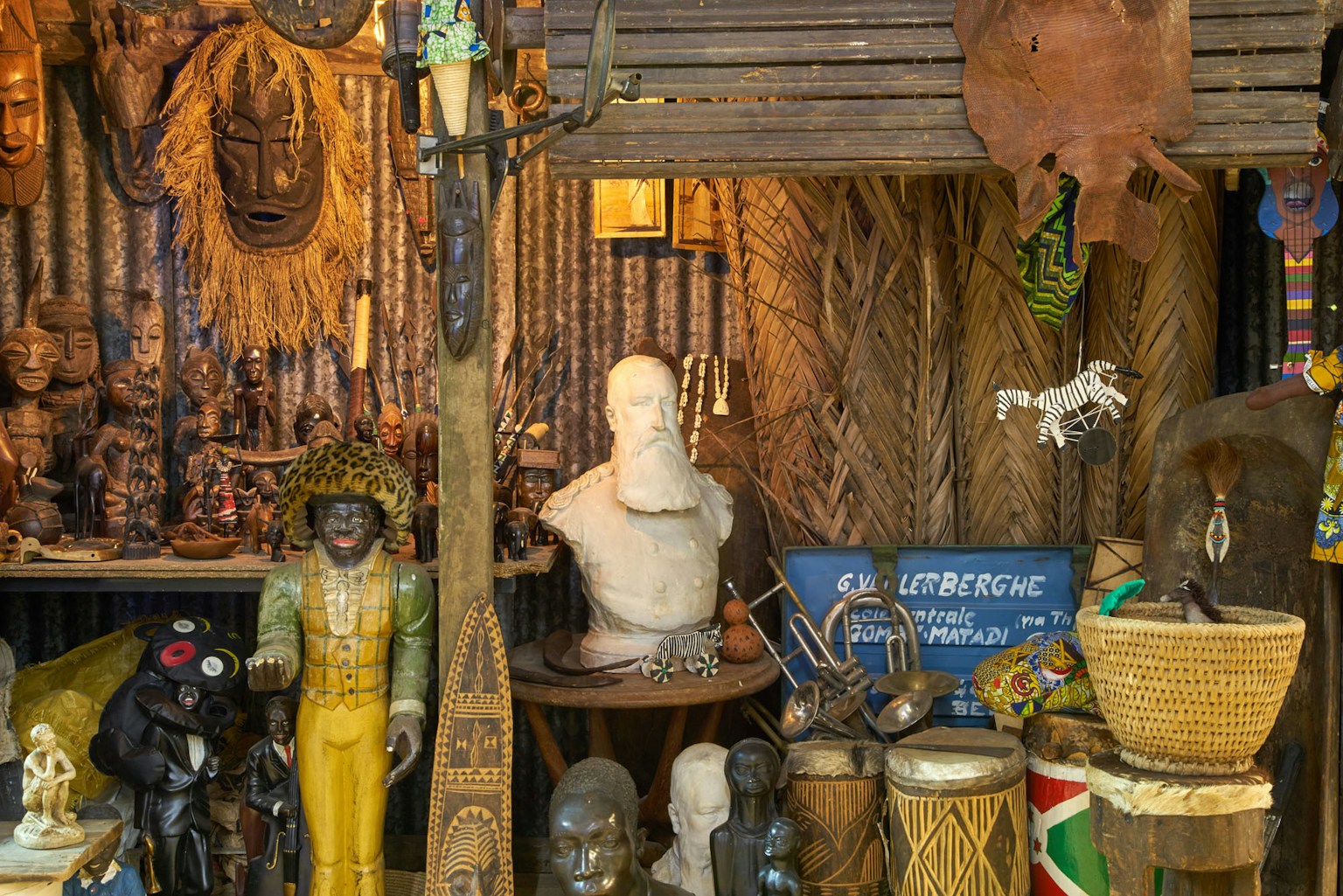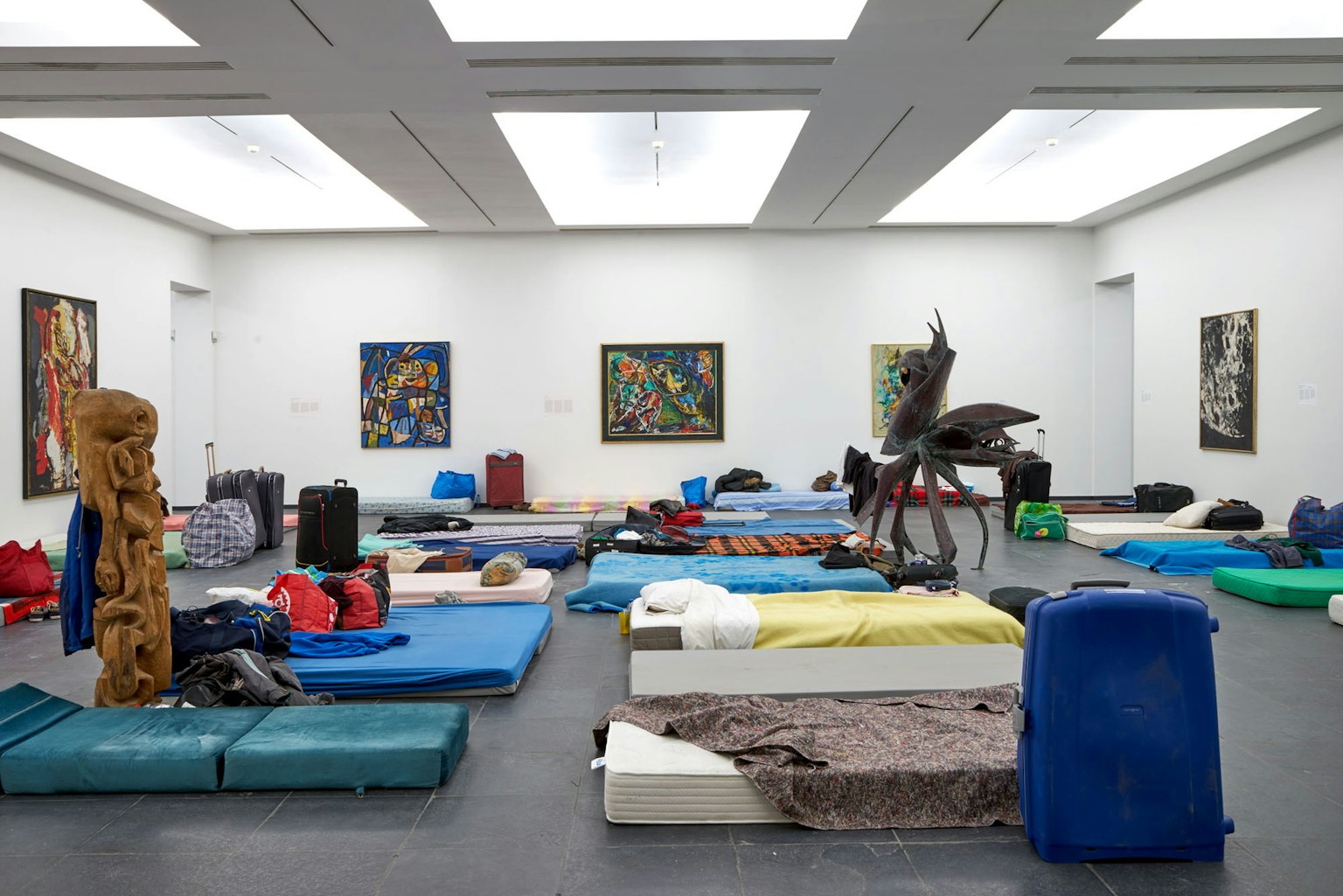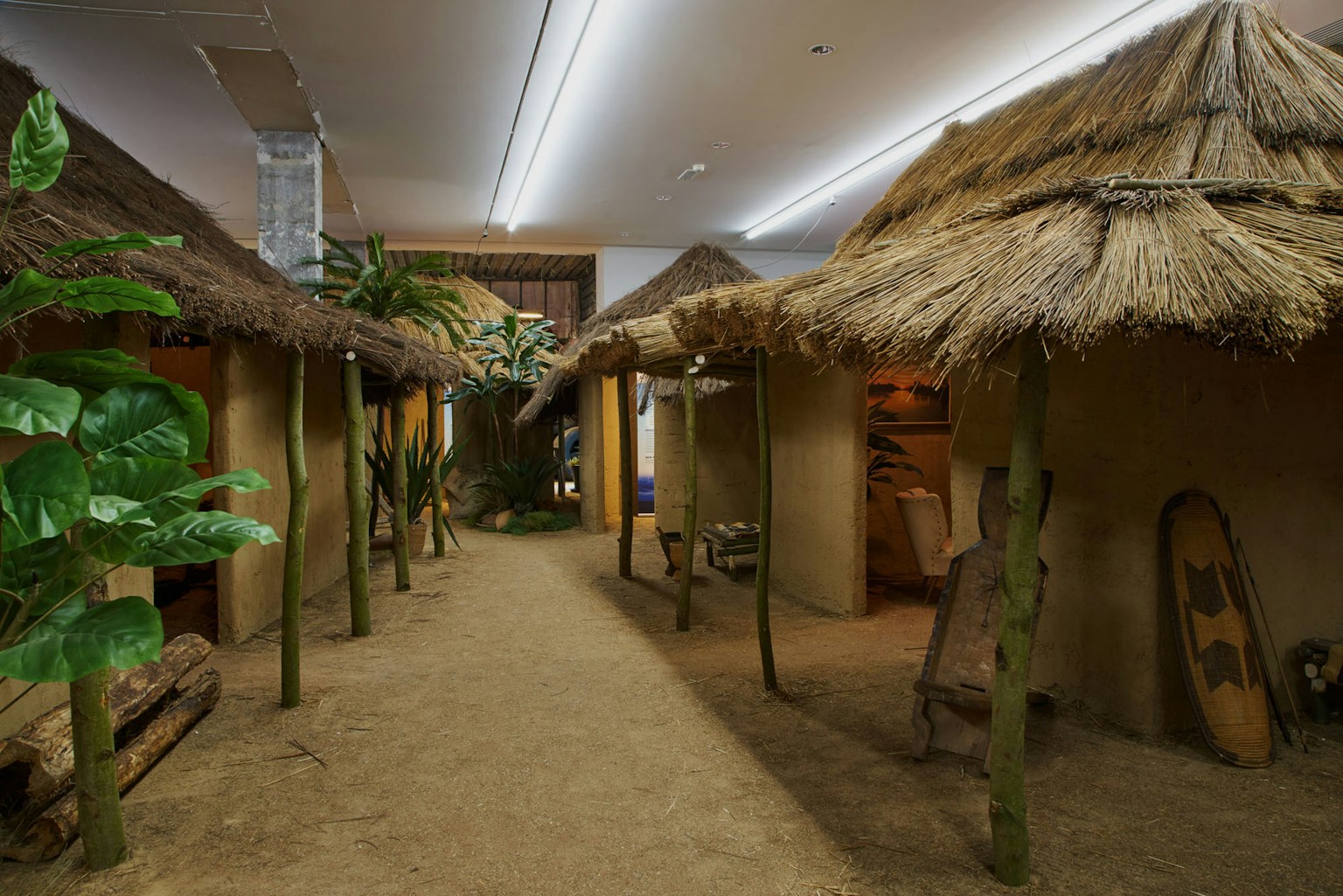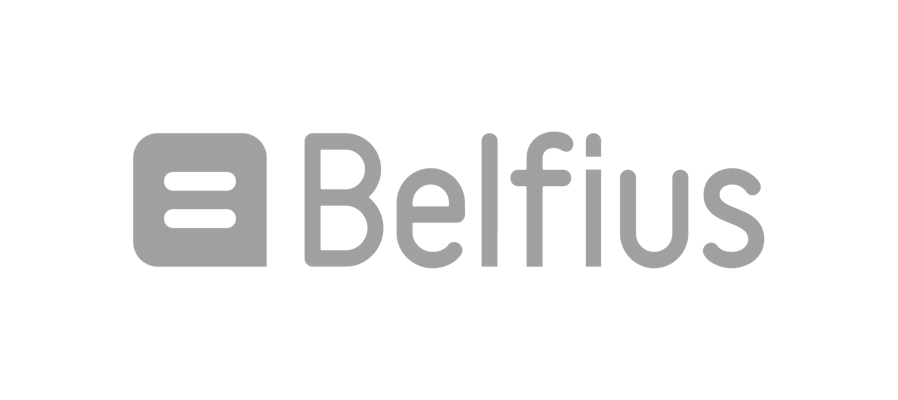Our group visits still cannot be restarted. Fortunately, we can continue to count on our guides. These fascinating storytellers also guide you into the museum via the digital route. Today, our guide is Helena Buyst.
"It will be twelve years ago this summer that I took my first steps as a S.M.A.K. guide. When I look back over this period, several beautiful, poetic exhibitions immediately spring to mind. I think of the retrospective exhibitions of Mark Manders, Jorge Macchi and Nedko Solakov. But the most controversial exhibition – in my opinion – was staged in 2017. I would like to take you back to the Verlust der Mitte exhibition, curated by Christoph Büchel.
From before the opening, it was made clear to us that this was going to be a very unusual presentation. We were expected to take an alternative approach to the ‘classic’ guiding method. The ‘golden guide’ method was more appropriate. In this approach, instead of leading a group from one artwork to another, you stroll through the exhibition and engage in conversation with those visitors who would like a little more explanation.
The exhibition took up the entire ground floor of the museum, but there were also a number of outdoor interventions. For example, there was a bus in the car park and a campsite with tents in the botanical gardens. It was a truly immersive experience. As soon as you stepped into the exhibition, you forgot that you were in a museum.
In the right-hand wing, it was as if a refugee camp had been erected. Hanging on the walls were key works from the collection. But the floor was covered with mattresses, rucksacks, medication, shoes, suitcases, toothbrushes, etc. The sculptures on display were used as coat hangers. The key question posed by the public was whether this was real or had been staged. People were genuinely uncertain. The reactions varied widely. Some considered it too clean to be real. Others found it credible. Some people wanted to get out of the room as quickly as possible, whilst others took their time to gaze at the artworks on the wall.
But the answer to this key question also produced a wide range of reactions. In fact, there actually were ‘real’ refugees in the museum. They did not sleep on these mattresses, however, but had separate sleeping spaces, closed off from the public, in the left-hand wing of the building. These dozen-or-so young men and one young woman were part of the exhibition. In the middle room, their role became clearer. A link was established between today’s refugee crisis and Belgium’s colonial past.
Trade fair stands representing companies that invested in Congo were interspersed with a Congolese village like the one on display at Brussels’ Expo 58, a boxing ring, a racquet, a shopping street and a reception area for FN Herstal [a Belgian firearms company]. A little further on, you came into a hairdressers and a bar, a disco with pool table and a living space. Standing in a small shop with Congolese statues was a bust of Leopold II. This would later be used as the model for a sculpting workshop in which the residents took part. They also made weapons, in Belgian chocolate.
Certain visitors told me that they were glad the residents were absent when they visited. Not that they didn’t want to meet them, but they already found the confrontation difficult enough.
I also experienced the exhibition as a slap in the face. So many questions, so many layers of meaning. It literally made me feel unwell. It was a very special experience. It was a very special experience. For example, I played games with children and I had a critical conversation about the reception of FN Herstal that was staged. Or a man came to make a fiery plea for Leopold II.
I think it is incredible that an artwork can bring so many different and nuanced opinions and feelings to the surface. And that is why I will remember this exhibition for a long time to come.
On a personal level too, this exhibition proved to have special significance. Anyone who knows me will understand what I mean. Those who don’t know me are welcome to come and ask, preferably at S.M.A.K., somewhere amongst the artworks."
Helena
Helena Buyst is teacher and pedagogical coordinator at the KASK in Dendermonde.
Since the summer of 2008, she works as a guide in S.M.A.K. In addition, she already took care of several workshops for the museum, such as for instance Palmarium and #smakisteklein during the Ghent Festivities (Gentse Feesten).
GROUP VISITS
We hope to allow group visits again but this is subject to what the National Security Council will decide in the future.
Through this link you will find all the information.

















